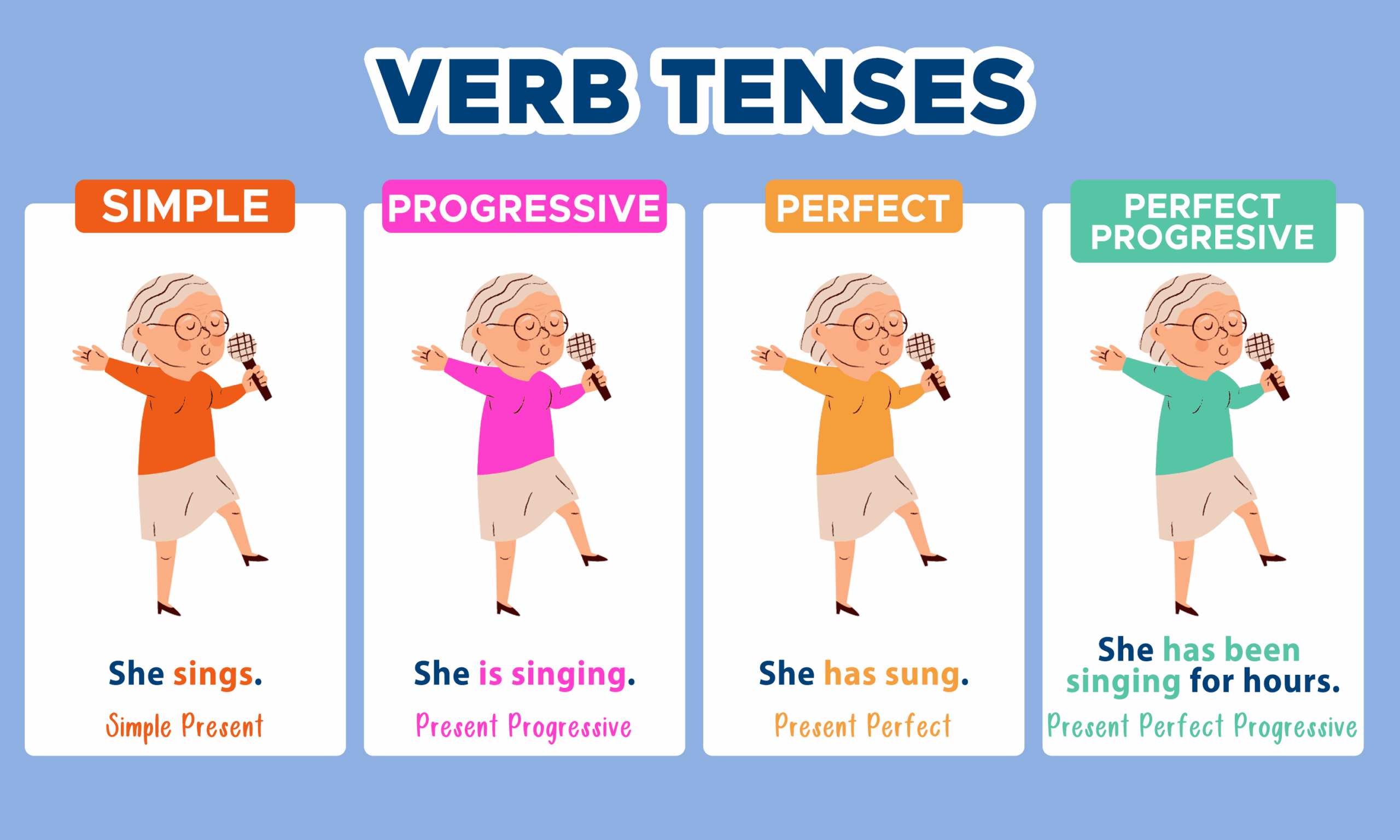Verbs play a crucial role in expressing actions, states, or occurrences in a sentence. They also help in indicating the time at which these actions or states occur. Understanding the tense of a verb is essential in effective communication as it helps in conveying the exact time of an action.
Identifying the tense of a verb can sometimes be confusing, especially for non-native English speakers. However, with some practice and knowledge of the different tenses, it becomes easier to recognize and use them correctly in sentences.
Identifying Tenses of Verbs
There are three main tenses in English: past, present, and future. Each tense has its own set of rules and verb forms that help in indicating the time frame of an action. The past tense is used to talk about actions that have already happened, the present tense is used for actions happening now or regularly, and the future tense is used for actions that will happen in the future.
Within each tense, there are further subdivisions to indicate the exact time frame of an action. For example, the past tense can be divided into simple past, past continuous, past perfect, and past perfect continuous. Each subdivision has its own unique structure and usage in sentences.
To identify the tense of a verb, one must look at the verb form and any auxiliary verbs that accompany it. For example, in the sentence “She is eating dinner,” the verb form “eating” combined with the auxiliary verb “is” indicates the present continuous tense. Similarly, in the sentence “He had finished his homework,” the verb form “finished” combined with the auxiliary verb “had” indicates the past perfect tense.
It is important to pay attention to the context of the sentence when identifying the tense of a verb. Sometimes, the tense of a verb can be indicated by time markers such as words like “yesterday,” “today,” or “tomorrow.” These time markers help in determining the time frame of an action and thus the appropriate tense to use.
In conclusion, identifying the tense of a verb is crucial in effective communication and ensuring clarity in writing. By understanding the different tenses and their structures, one can easily recognize and use them correctly in sentences. Practice and exposure to various sentence structures will help in mastering the skill of identifying tenses of verbs.
